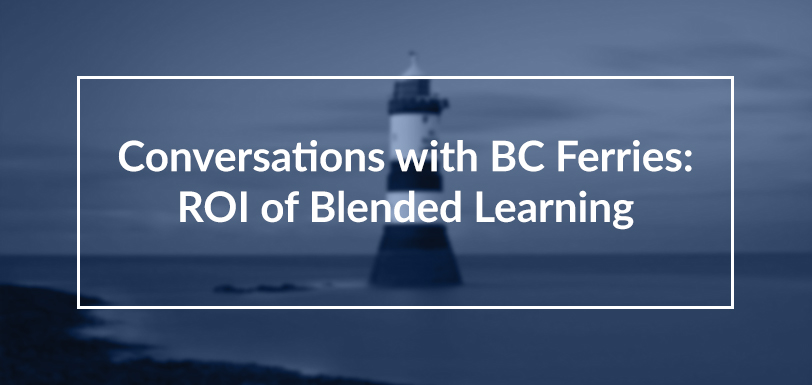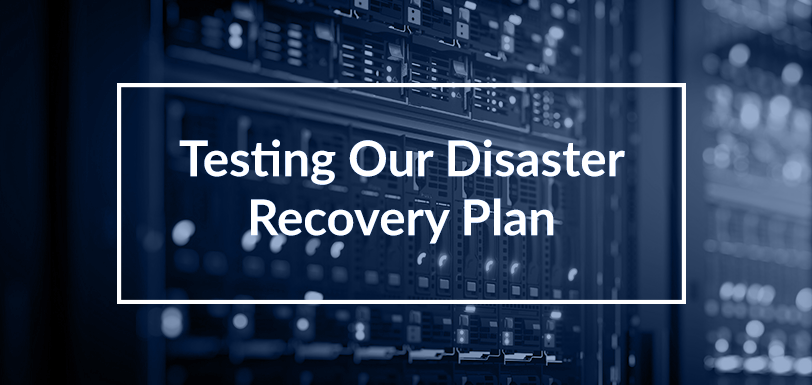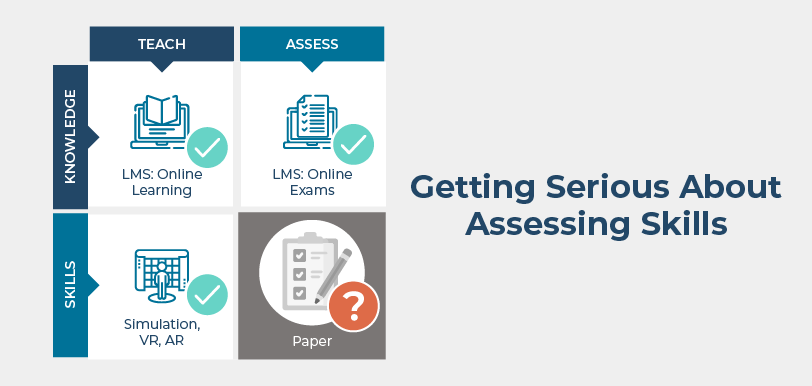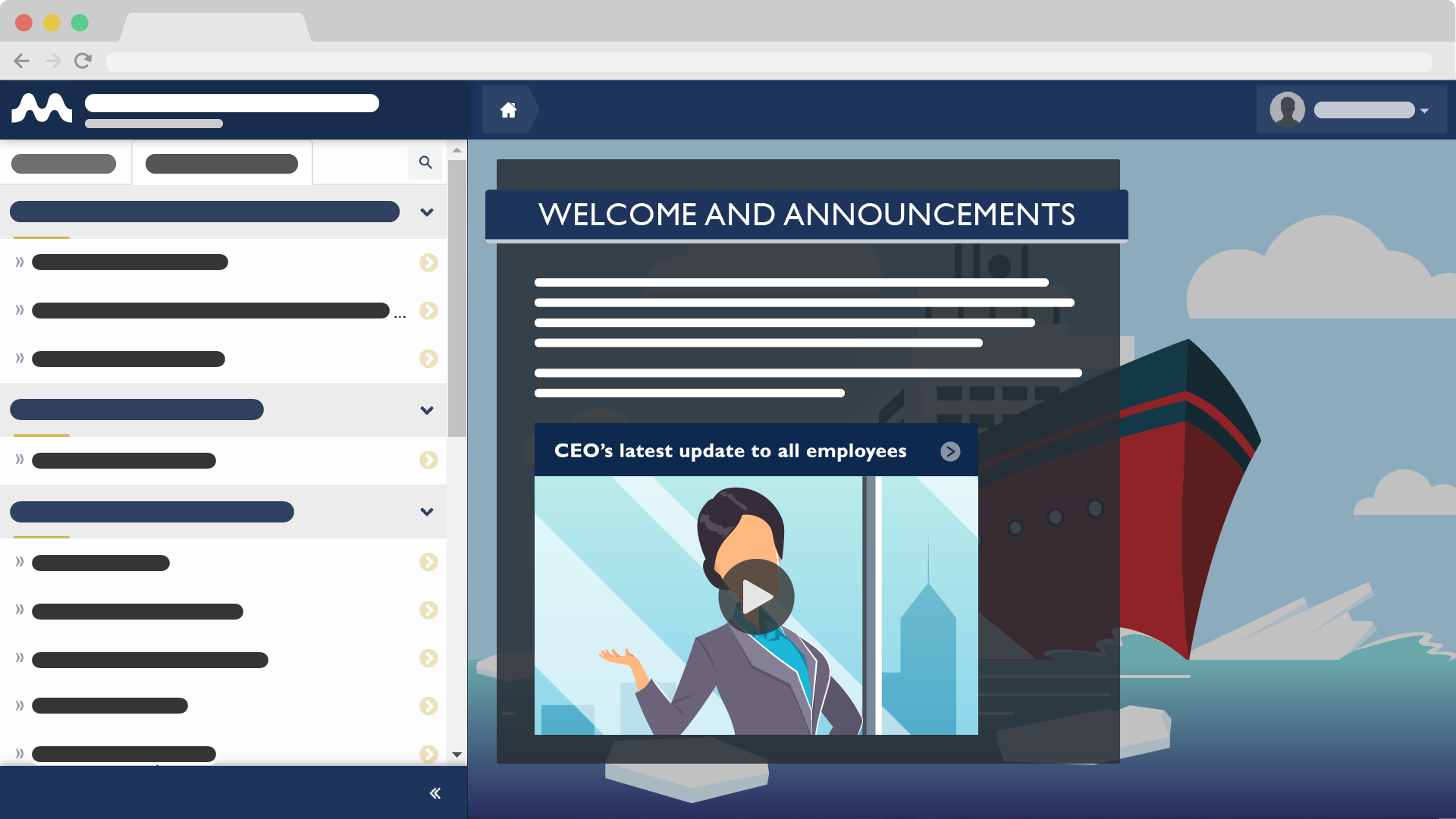Conversations with BC Ferries – ROI of Blended Learning
May 15, 2019 Marine Learning Systems 0 Case Study, eLearning, Interview, Maritime Training, Safety CulturePhoto above taken by Milad Alizadeh on Unsplash
Introduction
This is the fourth in a series that transcribes an interview our CEO, Murray, had with Jeff Joyce from BC Ferries. The following gives a summary of the monetary and intangible benefits that BC Ferries received as a result of investing into their employees.
ROI of Blended Learning
Murray: You identified this as a program that required resources at the beginning that was significant. People always think about, you know, what’s this going to cost and of course what’s the ROI so now you’re nine years down the road here. Can you look back, just be a little retrospective and say “okay, sure, it costs money. This is what we get out of it,” was it worth it? Was it worth it purely financially? Was it worth it in saving grief and heartache and pain from accidents and possible lives lost, these kinds of things? Tell us what you think.
Jeff: My belief is that employees are the most important asset. I really believe that it doesn’t matter which industry you’re in or whatever, if you’re not doing what employees need you to do, they are either going to be unsafe, or they’re going to be disenfranchised, or you’ll be in succession management issues and so on. So it’s really about engaging employees and giving them what they need to do the best job that they can do.
Over the years of developing SEA and rolling it out, we spent a fair amount of money. What we’ve got in return are some dramatic changes in our performance or safety performance, and I would argue our engagement performance, okay, because if we go back to what the model was and how we developed each individual program which evolved the frontline employees- if we go back to that and look at what impact those sessions had on those employees, they’ve never been involved in something like that before. They’re learning skills, they’re learning communication skills, IT skills, they’re learning big picture strategic skills around how do you put learning plans together, those sorts of things.
How much benefit that gives the company is very hard to quantify but because our approach for SEA was bottom-up , we saw those hard to quantify things starting to percolate up to the surface as those individuals progressed in their careers over the years that it took for us to roll out all of those positions. So, harder to quantify but certainly there’s some objective measures around safety performance that we’ve gone through and you can see in any of the videos that we’ve shown, the presentations we’ve given and a whole bunch around engagement.
Murray: And by the way some of those are huger right? Accident reductions are two thirds three quarters in some cases, insurance claims costs – similar reductions so there really are even if you throw away everything else, monetary benefits, are there not?
Jeff: Absolutely. The return on the investment from a monetary perspective is significant. It’s harder to quantify because you know to your point, yes, we had those dramatic changes in our time loss injuries and our severity rates and even down to the passenger injuries, how much was due to SEA as opposed to the rest of Sail Safe is the part that’s hard to comprehend. But I think it’s fair to say that if somebody’s trained well and they have the opportunity to go back and refresh they’re going to be better at their job. If they’re better at their job they’re more alert they have less tunnel vision they’re safer employees and also really importantly they have more time to spend with the customers.
Murray: Interesting.
Follow this Blog!
Receive email notifications whenever a new maritime training article is posted. Enter your email address below:
Interested in Marine Learning Systems?
Contact us here to learn how you can upgrade your training delivery and management process to achieve superior safety and crew performance.






